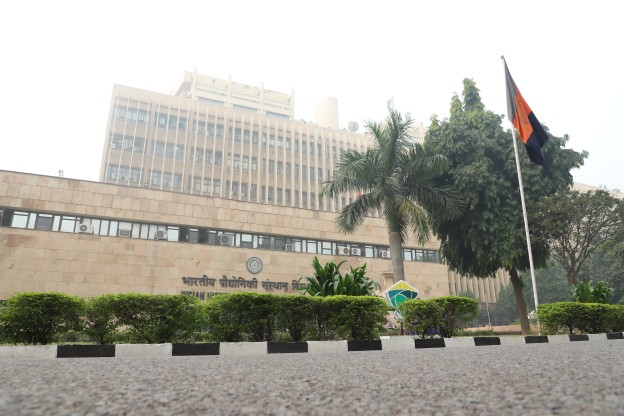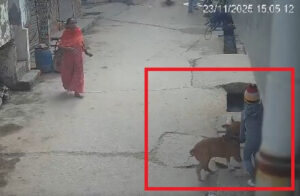Biomass Burning Drives Poor Air Quality in Delhi Post Diwali, Not Fireworks: IIT Delhi Study

IIT Delhi (The English Post)
IIT Delhi (The English Post)
New Delhi | Air quality indices tipping into the hazardous category have become increasingly commonplace in recent years, during days following the Diwali festivities in the national capital region. The Diwali festivities often coincide with the crop harvesting season and thus stubble burning. Both the activities are expected to impact ambient air quality severely. However, these coinciding events often make it difficult to ascertain the impact of either of the two on ambient air pollution.
A study titled ‘Chemical speciation and source apportionment of ambient PM2.5 in New Delhi before, during, and after the Diwali fireworks’ led by IIT Delhi researchers has shed light on the pollution sources impacting the ambient air quality in the capital city of New Delhi before, during, and after Diwali.
The research study published in the journal ‘Atmospheric Pollution Research’ (https://doi.org/10.1016/j.apr.2022.101428) has presented source apportionment results for highly time-resolved elemental and organic fractions of PM2.5 to address that challenge.
The researchers found that the metal content in PM2.5 levels rose by 1100%, and the fireworks alone accounted for 95% of the metal PM2.5 during Diwali. “However, the impact of the fireworks plummets within around 12 hours following Diwali”, reveals Chirag Manchanda, the lead author of this study.
The researchers have found that biomass burning-related emissions rise steeply in the days following Diwali, with average levels almost rising by order of ~2 compared to the pre-Diwali concentration. Also, the source apportionment results pertaining to the organic PM2.5 indicate a significant rise in both primary and secondary organic pollutants in the days following Diwali, suggesting the role of biomass-burning related emissions in the increase of primary organic emissions and, in turn, their aged products following the Diwali festival.
“Both stubble burning and increased heating requirements of the region in winters drive the biomass burning activity”, adds Prof Vikram Singh, Department of Chemical Engineering, IIT Delhi, who was one of the investigators.
The study thus concludes that the biomass burning emissions rather than the fireworks drive the poor air quality in Delhi during the days following Diwali.
“The result of this study provides crucial insights into a topic of long-standing debate and concern between air quality experts and policymakers committed to alleviating the extreme air pollution events in the capital of Delhi following Diwali,” said the principal investigator Prof. Mayank Kumar, Department of Mechanical Engineering, IIT Delhi.
This study was partly funded by IIT Delhi and the Ministry of Education, Government of India and conducted as part of a collaborative effort between IIT-Delhi, IIT-Kanpur and PRL Ahmedabad.
By EP Web Desk
The English Post is on Telegram, click to join for regular news update
SPONSORED CONTENT






